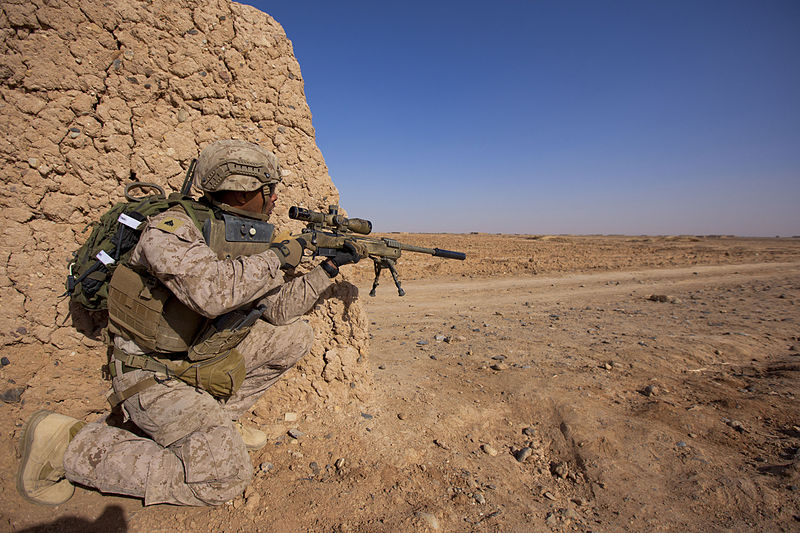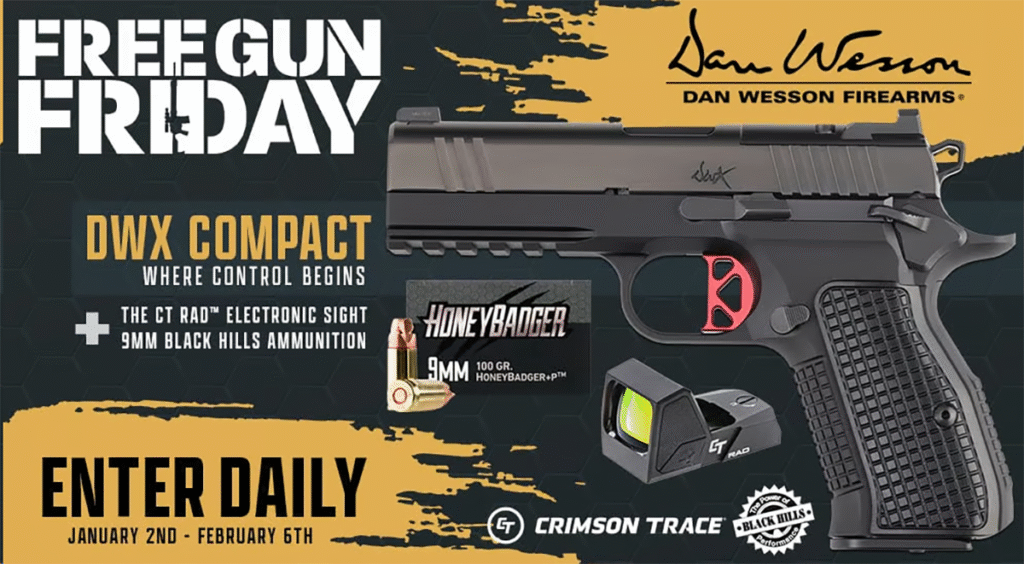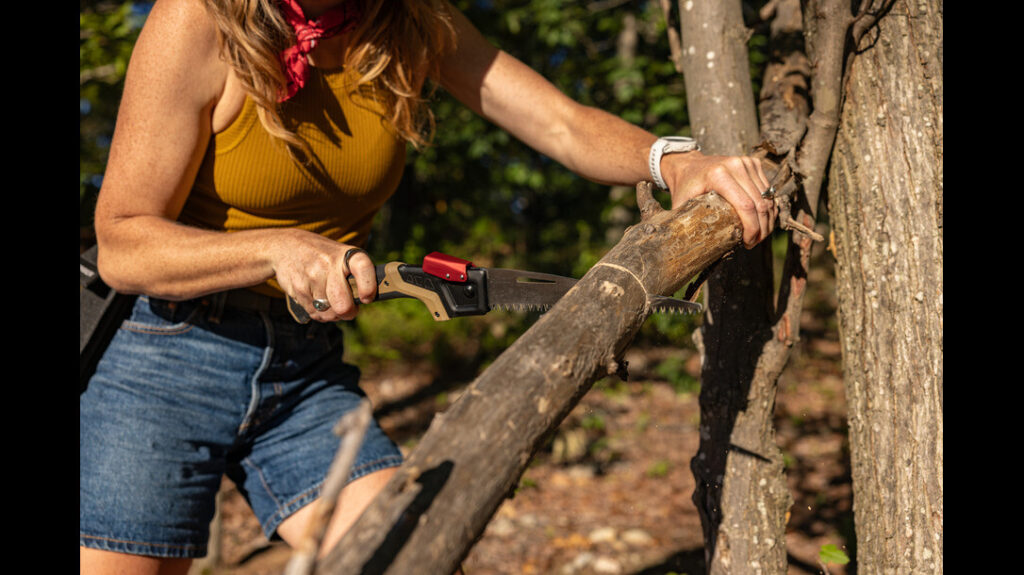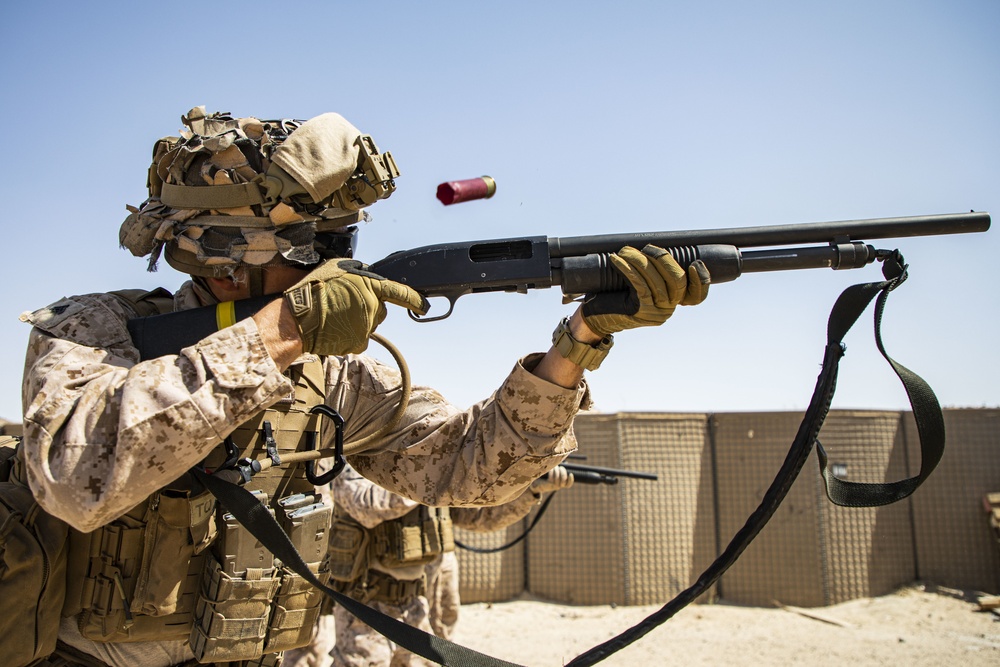One common theme of militaries going to war is that they are never really prepared for it. The United States and the Global War On Terror were no different. Read Generation Kill to see that even elite units weren’t ready for the invasion of Iraq. Marine snipers deployed to Afghanistan and Iraq started to see the shortcomings of their beloved M40 rifles. This led to a fairly interesting partnership with DARPA and resulted in the XM3 sniper rifle series.

Marine Snipers are not a special operations force and are attached to traditional conventional units. Obtaining new weapons is a very long process, and Marine snipers needed new rifles yesterday. A group of officers and staff noncommissioned officers teamed up with DARPA to examine the shortcomings of the M40 series and produce improvements. The end result became known as the short-lived XM3 sniper rifle.
Advertisement — Continue Reading Below
Shortcomings of the M40
While the M40 is a great rifle, the GWOT was a new war. The urban, desert, and mountainous terrain of Iraq and Afghanistan showed some real weaknesses of the M40 platform. The gun was too long with its 25-inch long barrel. Attaching suppressors wasn’t possible, and night vision optics meant removing and reszeroing the daytime optic. The rifle is big and heavy, which made it tough to use in these more dynamic environments, especially in counter-sniper efforts.
The Problem Solving XM3
DARPA, the Marine Corps, and custom rifle company Iron Briagde Armory teamed up to create a bolt-action sniper rifle that solved these issues. The rifle system used the M40 series as its core rifle but would make extensive modifications to the design.
The XM3 trimmed the barrel to 18.5-inches overall, which is a major trim job to the long M40 barrel. Predictably, the barrel was threaded and fit with a mount to accommodate a Surefire suppressor. A forward rail mount allowed the use of clip-on night vision optics so the daytime scope never had to be removed.
Advertisement — Continue Reading Below
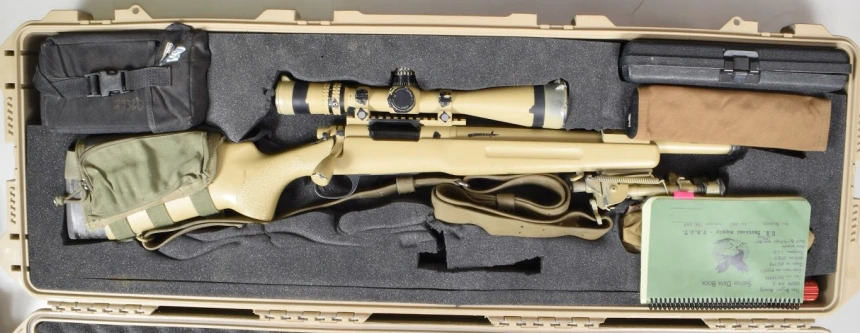
The receiver’s rail was now made from titanium and chip-slotted. The rifles used custom McMillan A1 stocks. Although two were built with takedown stock designs. The chambers were recut to accept M118LR ammo. The receiver’s internal threads were opened up to 1.07 inches to allow for a perfect alignment of the bolt face and bore dimension.
The team took stainless stell box magazines and hand fit and welded them to prevent any movement of the magazine. The team used a titanium Devcon and Marine Tex to bed the barreled actions. This increased the lifespan of the gun and maintained the correct torque.
Advertisement — Continue Reading Below
The rifles were issued with Surefire suppressors, a Nightforce NXS 3.5-15×50 scope, a FLIN AN/PVS-22 UNS night vision unit, a Harris bipod, an Eagle cheek rest, a Turner Saddlery sling, and a variety of maintenance tools.
The XM3 In Service
Fifty-two rifles were produced for the Marine Corps and sent to the world of Marine Snipers. The rifles made their way to the badlands of Iraq and Afghanistan. Almost immediately, they were hit with Marine Snipers. They were shorter and lighter, much easier to insert.
The rifles proved to be accurate and capable. The ability to use suppressors and night vision helped the snipers be more effective killers. The rifle received high marks from the Snipers Using the rifle, as well as sniper instructors and Marien Rifle Team members. They were well known for their accuracy, but the significantly shorter barrel didn’t seem to make much of a difference in accuracy or ballistics.
Advertisement — Continue Reading Below
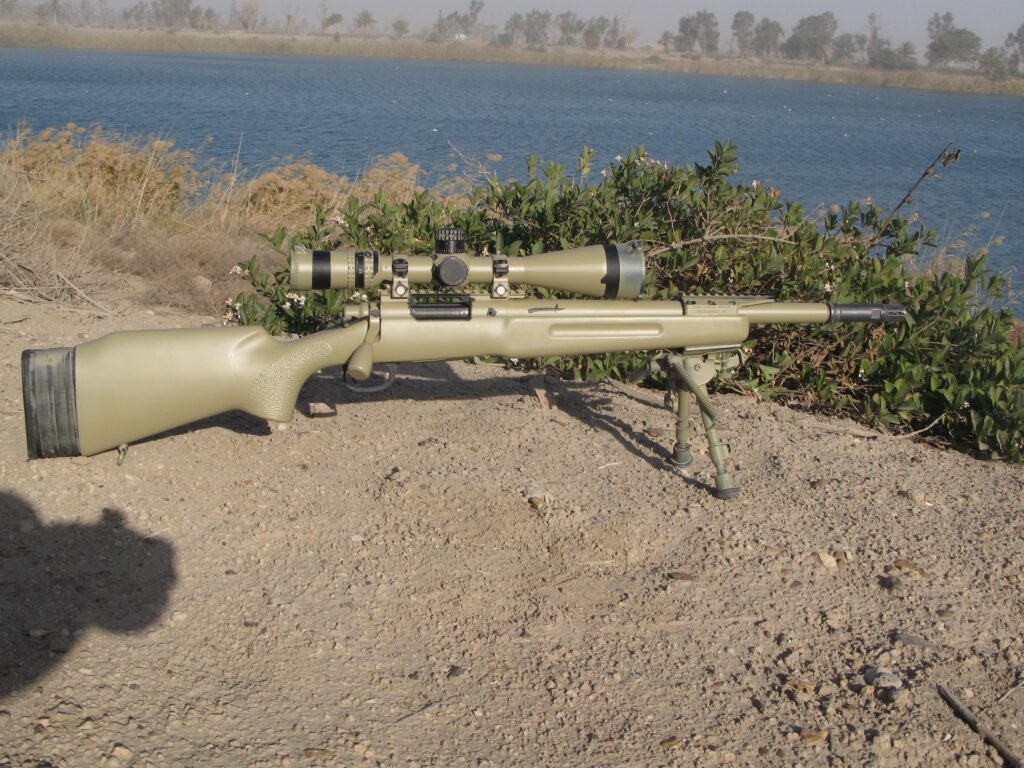
There are a lot of dead bad guys due to the XM3 rifle. That might leave you wondering why we don’t hear much about the platform today. It did serve well but was never an official program. There was never any training or proper guidelines issued for maintaining the rifles. When they eventually broke, they were sidelined, and Marine Armroers were not allowed to fix them.
The optic also used MOA instead of MIL adjustments. The Marine Corps had moved to MILs years back, and the younger snipers weren’t trained in MOA. The scope also used an SFP reticle, so the elevation and windage measurements only worked at maximum magnification. These rifles were theater assets, which meant that they were passed from unit to unit overseas, so an incoming sniper was being issued a completely new weapon system without prior training.
Advertisement — Continue Reading Below
What Happened to the XM3
The rifles were great, so why weren’t they refined and made an official M40 designation? Price was likely one factor. They were expensive rifles. We also entered an era where guns like the M110 were coming into play. Those rifles were already set up with suppressors and ready for night vision; plus, they were lighter and offered a semi-auto design.

Features from the XM3 made their way to the M40A5, which included a suppressor-ready option and the ability to add a clip-on optic. The Xm3 walked so later sniper rifles could run. If you read this article, it might seem like most of the XM3 features are now common with snipers. The gun provided a working blueprint of how those features could work. It’s a small but important step to sniper modernization.
Advertisement — Continue Reading Below
The XM3 rifles were eventually given to the Army, who gave them to the CMP, who later made a killing by auctioning the rifles to the market. If you ever see one, be prepared to spend machine gun money on it.
